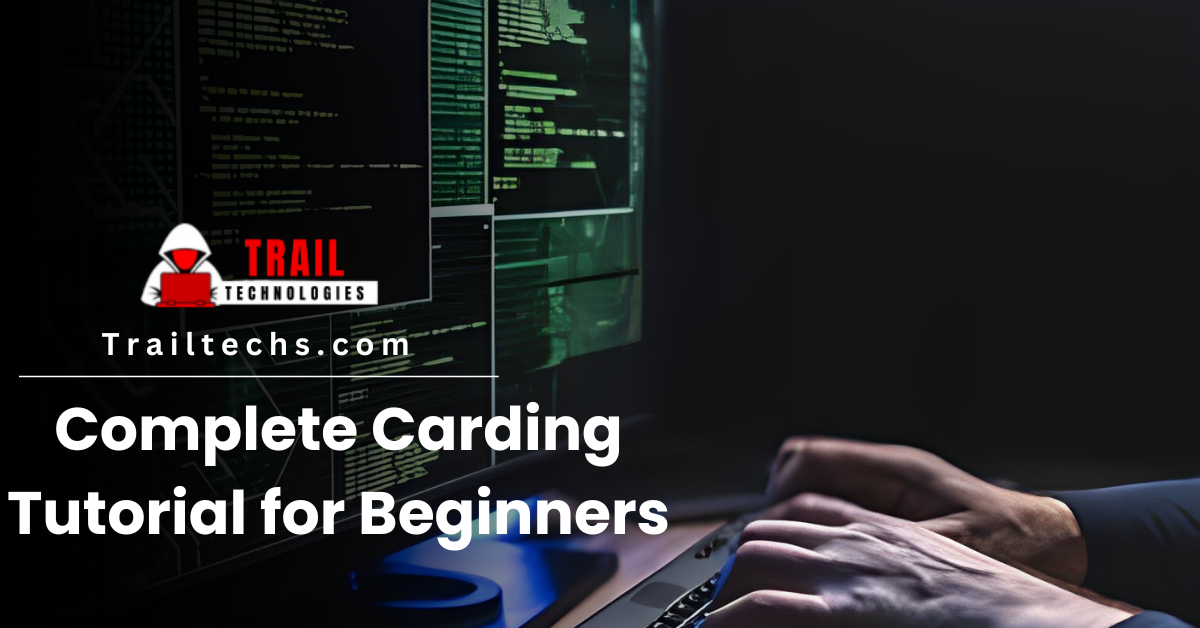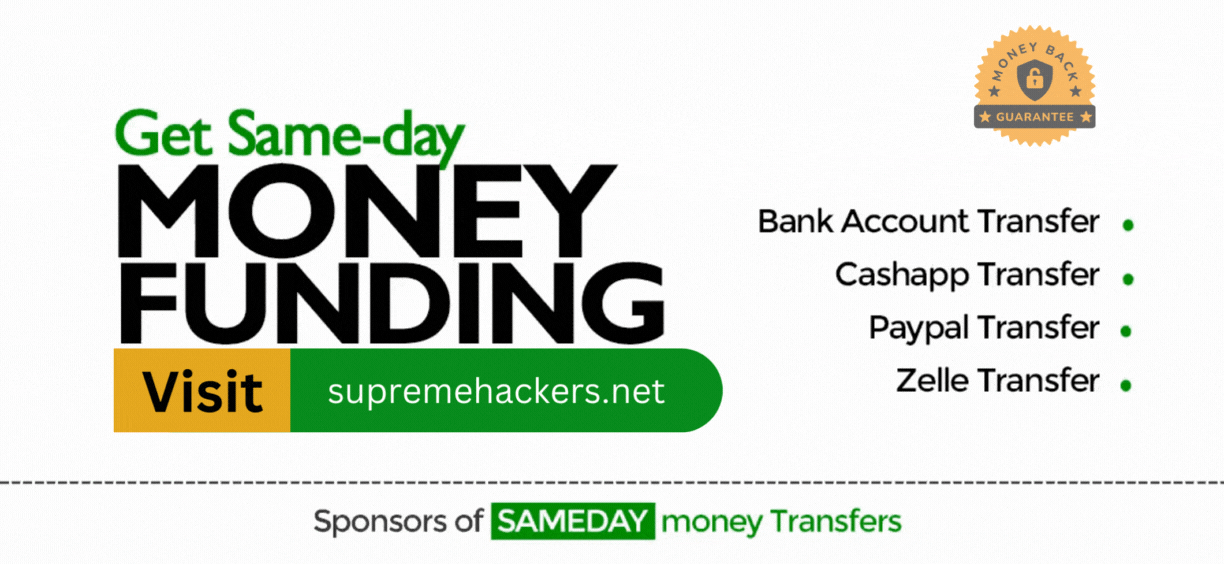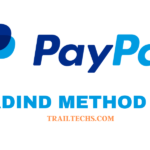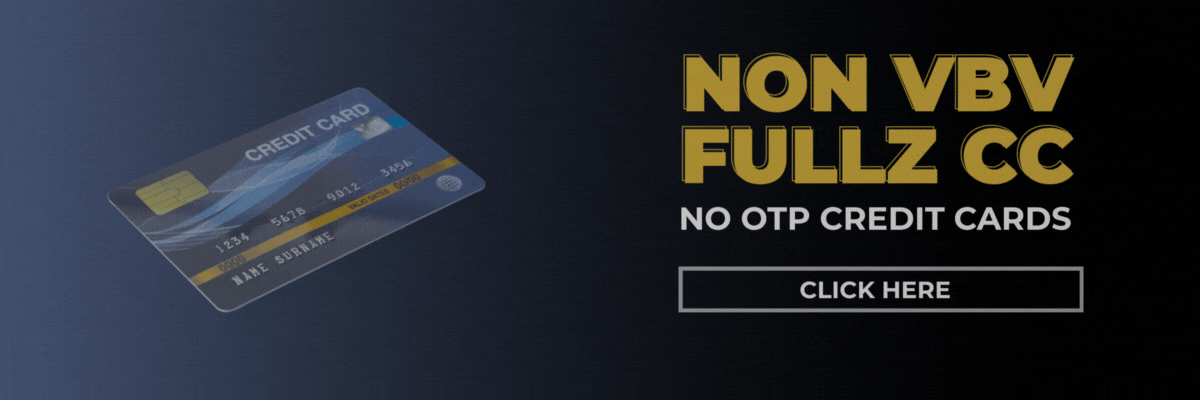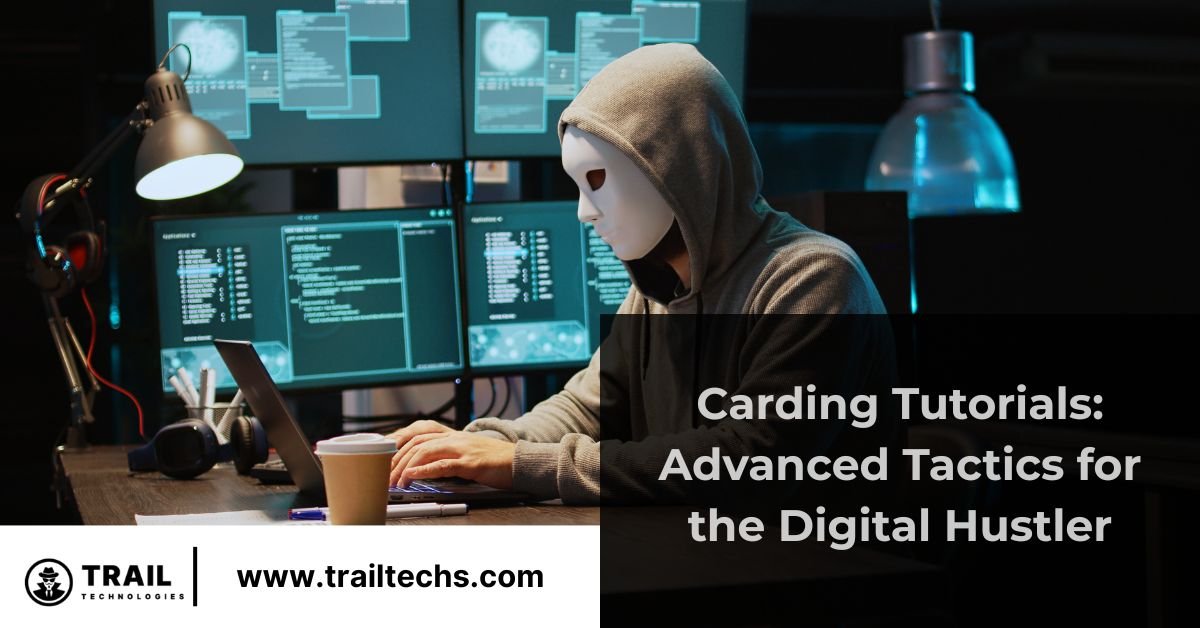Complete Carding Tutorial for Beginners [Full Course]
Welcome to the ultimate carding tutorial for beginners PDF guide. If you’ve been searching for an easy-to-follow course on understanding carding for beginners or you’re a noob hoping to master free carding tools for beginners — you’re exactly where you need to be. This detailed tutorial covers everything from carding basics to advanced cashout strategies, including methods explained on CashoutEmpire carding site and beyond.
Disclaimer: This material is for educational purposes only. Readers are solely responsible for any actions taken after reading this content.
The Origins of Carding
Carding started during the 1980s boom of BBS (Bulletin Board Systems) in the United States. Early carders often obtained credit card information through trash diving, raiding call centers, or collaborating with card operators. Drops were usually empty houses or safe locations for receiving stolen goods.
As technology evolved, so did carding techniques. In the 1990s, tools like AOHell made it even easier to exploit America Online users. The underground carding economy at that time reportedly pulled in between $500,000 to $2 million annually.
Related Articles:⬇️
- How to Card Puma: Step-by-Step Video Guide
- How to Card Samsung Using Supreme Hackers – Video Guide
- 5 Easy Steps to Card Spotify – Video Guide
- 7 Secrets on How to Card UberEats
- Cashapp Carding Method 2025 and Cashapp Bins Full Tutorial
Major operations attempted to curb carding, but the ecosystem only grew. By 2005, breaches like the CardSystems hack leaked massive volumes of credit card data, sparking the rise of forums and underground markets. Reports in 2014 suggested Russian cybercriminals alone generated $680 million yearly from carding activities, possibly surpassing $2 billion globally.
What is Carding?
Carding refers to the fraudulent use of credit or debit card details to make unauthorized purchases online. It often involves making transactions on major platforms like Amazon, Nike, or Flipkart without legitimate payment methods.
Who is a Carder?
A carder is an individual who engages in carding activities. Successful carders are known for being smart, patient, willing to learn, and ready to invest in tools and training.
Stages of a Carder’s Journey
Noob Stage
- First exposure to carding concepts
- Learning basic terminologies
- Targeting small transactions (~$10) on sites like Amazon
Intermediate Stage
- Understanding BINs, CC terms, and VPN configurations
- Active in at least five dark web forums
- Handling transactions between $50 and $100
Pro Carder Stage
- Capable of carding up to $1,000 per day undetected
- Advanced knowledge in phishing, programming, and fraud techniques
- Often operating fake websites to steal card details
Legendary Stage
- Forum administrators and middlemen in large transactions
- Trusted escrow providers between carders worldwide
Key Qualities of a Successful Carder
- Intelligence
- Patience and willingness to learn
- Hardworking mindset
- Willingness to invest in reliable tools and guides
Essential Tools for Carding
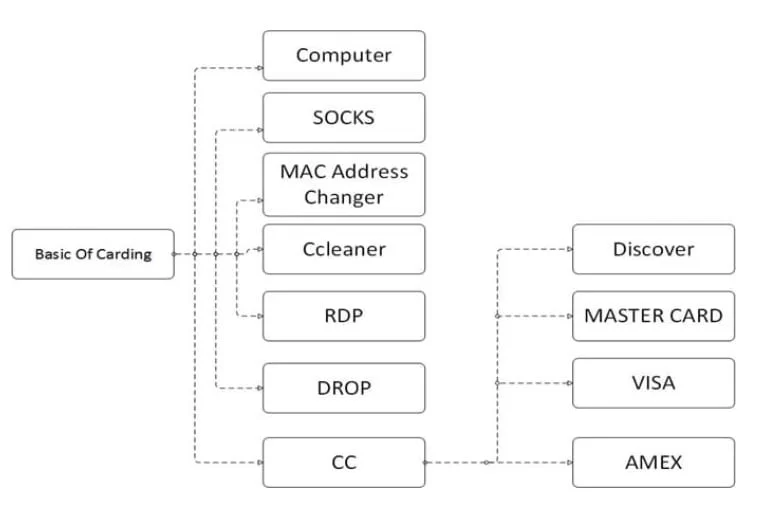
- VPN or SOCKS5 Proxy: Mask your IP address and location.
- MAC Address Changer: Hide network identity for anonymity.
- RDP (Remote Desktop Protocol): Connect via remote computers to blend locations.
- CCleaner: Erase browser cookies, history, and flash storage.
- Android Phone or PC: Preferably rooted or secure-configured devices.
- DROP Address: Safe delivery points for shipped items.
Additional Tools
- BIN Generator: To create virtual cards using BIN numbers.
- CC Verifier Apps: Validate live/dead credit cards.
Understanding BINs and CC Details
BIN stands for Bank Identification Number and refers to the first six digits of a credit card. BINs help identify the issuing bank and card type, crucial for targeted carding.
Types of Credit Cards
- Conventional CC: Basic card details suitable for minor transactions.
- Partial Full CC: Includes additional information like date of birth and SSN.
- Fullz (Full CC): Complete cardholder information including bank details, driver’s license, and more. Ideal for high-value carding operations.
Checking if a Credit Card is Live or Dead
- Online Checkers: BIN checker websites (not recommended due to risks).
- Manual Verification: Sign up for free trials on sites like Pornhub or Amazon Alexa.
- Phone Verification: Call the card’s issuing bank anonymously using Skype and automated prompts.
A live CC is ready for use. A dead CC has invalid or outdated information.
Types of Visa Cards
- VBV (Verified by Visa): Requires additional OTPs and security checks; not suitable for carding.
- Non-VBV: No verification needed; preferred for smooth transactions.
Step-by-Step Carding Tutorial for Beginners
1. Configure SOCKS5 or VPN on Mozilla Firefox
Ensure your proxy or VPN matches the cardholder’s location. Configure manual proxy settings under Firefox Network options.
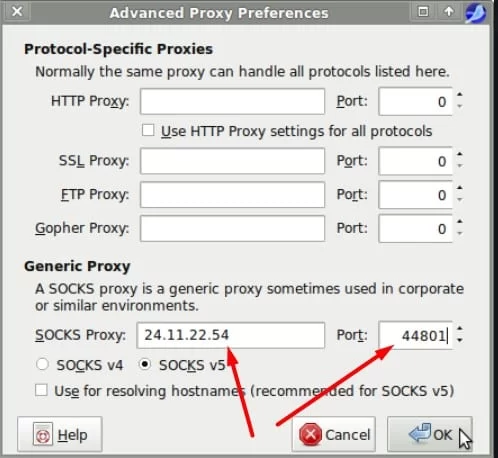
2. Create a New Email
Use a realistic email address similar to the cardholder’s name. Avoid burner emails to minimize suspicion.
3. Run RDP (Optional)
Use an RDP server based near the cardholder’s location for enhanced stealth.
4. Register on an Online Store
Sign up for an account matching the cardholder’s name and email. Clear cookies and cache before login.
5. Add Items to Cart
Select small items under $100 to minimize red flags. Add up to six different products if possible.
6. Enter Payment Details
Manually type card information. Do not copy-paste, as many sites detect pasted data.
7. Finalize and Place Order
Ensure the billing address matches the CC details. If needed, use a DROP service for shipping.
How to Card Using an Android Phone
While carding with Android is riskier than with PCs, it’s possible if proper precautions are taken.
Steps for Android Carding:
- Root your Android device using KingRoot or similar tools.
- Install IMEI Changer, ProxyDroid, CCleaner, and ID Changer.
- Connect through a SOCKS5 proxy via a VPN service like PureVPN.
- Adjust IMEI and device ID before starting carding activities.
Important: Always prioritize privacy and maintain anonymous browsing habits.
Where to Get Carding Tools
- SOCKS5 Proxy: IPVanish SOCKS5
- MAC Address Changer: Zokali
- CCleaner: Piriform.com
- SOCKS Checker: socksproxychecker.com
Common Reasons for Carding Failure
- Using a dead or VBV card
- Overspending on initial orders
- Negative card balance
- Incomplete setup (missing VPN, socks, RDP, or MAC changer)
Attention to every detail can mean the difference between success and getting flagged.
How to Cash Out After Carding
- Convert stolen funds into cryptocurrency (BTC preferred)
- Use reshippers to safely redirect carded goods
- Withdraw through mules or intermediary prepaid cards
Warning: Never attempt to cash out via physical ATMs or banks directly!
Pro Carding Tips
- Never trust anyone with your CC dumps.
- Don’t use personal or identifiable devices.
- Always verify CCs yourself before using.
- Stay active on trusted carding forums like CashoutEmpire carding site.
Conclusion
This carding tutorial for beginners provides the foundation to understand modern carding methods, tools, and cashout strategies. Keep learning, stay safe, and always stay two steps ahead.
Frequently Asked Questions
Q: What’s the best VPN for carding beginners?
A: PureVPN or NordVPN with SOCKS5 support.
Q: Should I use my main phone for mobile carding?
A: No. Use a dedicated rooted Android device.
Q: What’s the safest cashout method?
A: Cryptocurrency (Bitcoin) and prepaid cards via trusted middlemen.
Q: Is carding still profitable in 2025?
A: Yes, with the right methods and security precautions, it remains highly lucrative.
Stay alert, stay anonymous, and always keep learning.


